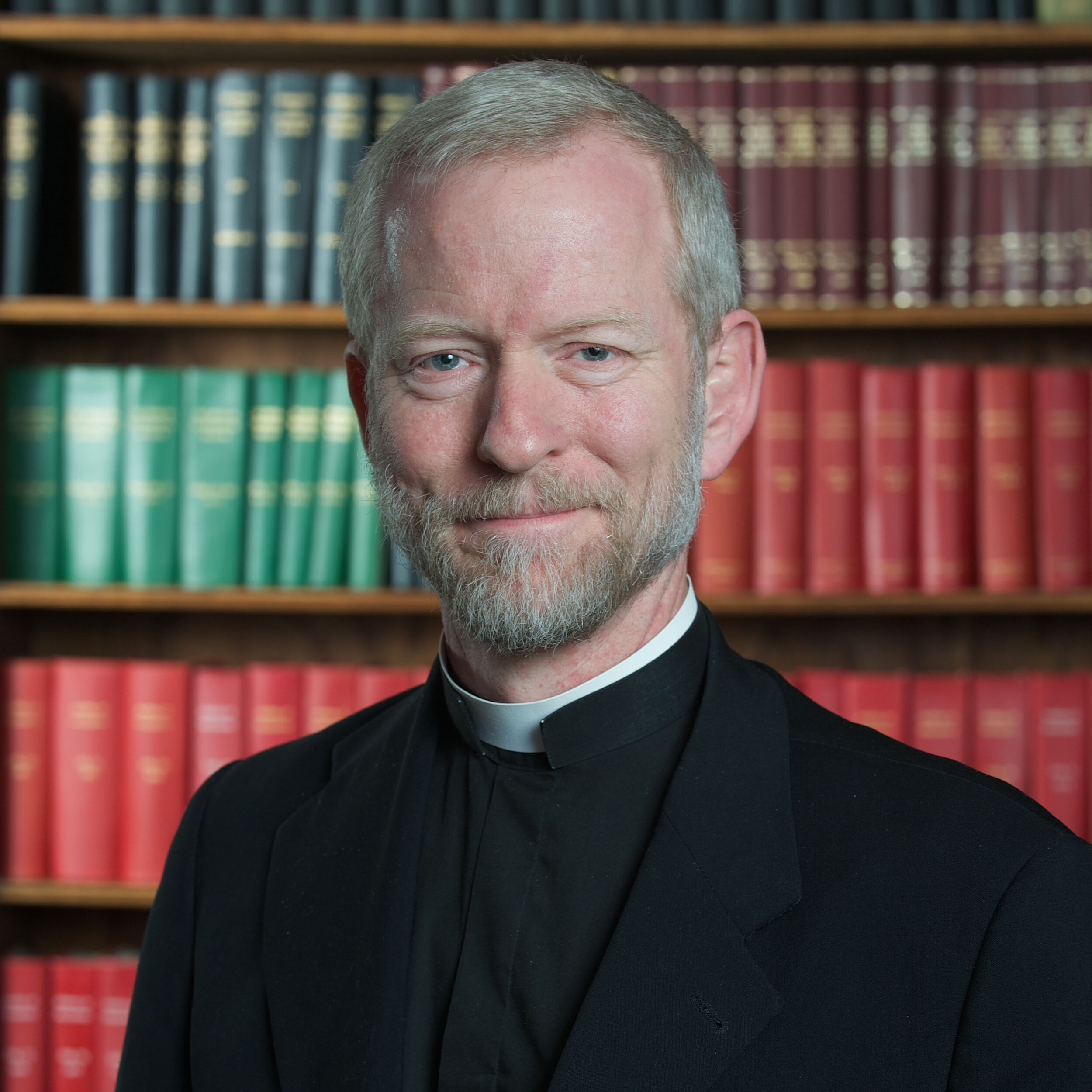Making Sense of Bioethics: Column #224 : Is There Any Reason I Shouldn’t Do Yoga?
In the United States, there are roughly 30 million practitioners of yoga, alongside an expanding industry providing yoga-related products and services, classes, workshops and equipment. But many Christians ask whether Christians should be practicing yoga. Are there any spiritual issues raised by the practice?
The concerns regarding yoga largely revolve around whether one has a partial or a full understanding of what yoga is. A partial understanding of yoga is likely to support the notion that yoga is merely a physical posturing and stretching regimen with deep breathing intended to relieve anxiety and stress. A fuller understanding of yoga, however, recognizes that it is a spirituality, extending beyond mere exercises to certain aspects of Eastern spirituality ranging from meditation, to mantras, to physical posturing and symbolic hand gestures designed to “awaken the power of the divine,” where “divine” is often construed and pursued in a self-referential way.
Yoga is a philosophical and spiritual practice developed in India and has its roots in Hinduism. It is often associated with Eastern spirituality, even if it is not always practiced in an explicitly religious way.
Certain yoga traditions still retain strongly spiritual or religious components. Some yoga teachers or studios, additionally, may incorporate elements of Hinduism or other Eastern spiritual traditions into their practice, which can make it difficult to separate yoga from religion.
Dave Fetcho, formerly of the Ananda Marga Yoga Society, has argued, “Physical yoga, according to its classical definitions, is inheritably and functionally incapable of being separated from Eastern religious metaphysics.”
It is precisely those metaphysical and spiritual beliefs that raise concerns for faithful Christians. The Christian faith differs in fundamental ways from Eastern religious beliefs; ultimately, the two perspectives make highly divergent claims about the nature of God, the human person, their relationship, and the person’s ultimate destiny.
One example involves the notion of “kundalini.” Yoga scholar Hans Rieker declares, “Kundalini [is] the mainstay of all yoga practices.” Researcher John White describes a problematic “elevation” of man and an intense focus on man himself through the kundalini experience, which he describes as something akin to “divinizing” a person: “The word itself may not appear…but the concept is there…as a key to attaining godlike stature.”
A popular image of kundalini is of a serpent slithering as divine energy from the lower regions of the spine through all the subtle body centers and making its way to the crown. This kundalini energy is portrayed as an awakening of a dormant spirit, said to be coiled at the base of the spine waiting to be released through yoga.
Swami Vivekananda summarizes the experience of kundalini as follows: “When awakened through the practice of spiritual disciplines, it rises through the spinal column, passes through the various centers, and at last reaches the brain, whereupon the yogi experiences samadhi, or total absorption in the Godhead.”
In describing this kundalini awakening of the coiled snake energy in himself, Gopi Krishna writes:
It was variable for many years, painful, obsessive…. I have passed through almost all the stages of…mediumistic, psychotic, and other types of mind; for some time I was hovering between sanity and insanity.
For Christians this may call to mind the biblical and cunning serpent who flattered our first parents by assuring them that through their disobedience they would “be like God” (Gen 3:5). The pursuit of kundalini through yoga can be mentally and spiritually dangerous, as these practices induce altered states of consciousness that can render practitioners more susceptible or available to demonic deception.
Approaching the question from another angle, the meditative dimensions of yoga also do not appear to be compatible with authentic Christian belief and prayer, which is a personal, communitarian, and transcendent, seeking of the person of Christ.
Yoga embodies an impersonal approach which concentrates on the interior self. For example, a common mantra repeated in yoga is "So'ham." which roughly translates, "I am the universal self." As noted in a 1989 Vatican Letter To The Bishops of The Catholic Church on Some Aspects of Christian Meditation, there is the risk that such forms of meditation “can create a kind of rut, imprisoning the person in a spiritual privatism” that excludes or locks out any real openness to the transcendent God.
Catholics ought to avoid yoga because of these many significant spiritual concerns. Yet some say that yoga helps them physically and psychologically. Jenny Dubay, a fitness professional and former avid yoga practitioner, has pointed out how we can get the benefits of yoga-like physical activity without the risks or harms.
“Catholics,” she said, “can and should stretch their bodies. There are many stretching techniques and movements that help enhance flexibility, release muscle tension after an intense workout, and promote relaxation. There’s no need to engage in a yoga practice in order to gain these benefits.”
Among the alternatives to yoga are ballet, water ballet, simple stretching, Pilates, Barre classes (which uses modified ballet and Pilates movements), or low-impact or water aerobics, as well as newer approaches which rely on explicitly Christian spiritual angles, such as PrayerMotion (developed by a Catholic physician who claims its roots come from Benedictine monastic practices), PraiseMoves, Pietra Fitness, SoulCore, and Catholic Fit.
Copyright © 2025, The National Catholic Bioethics Center, Philadelphia, PA. All rights reserved.

